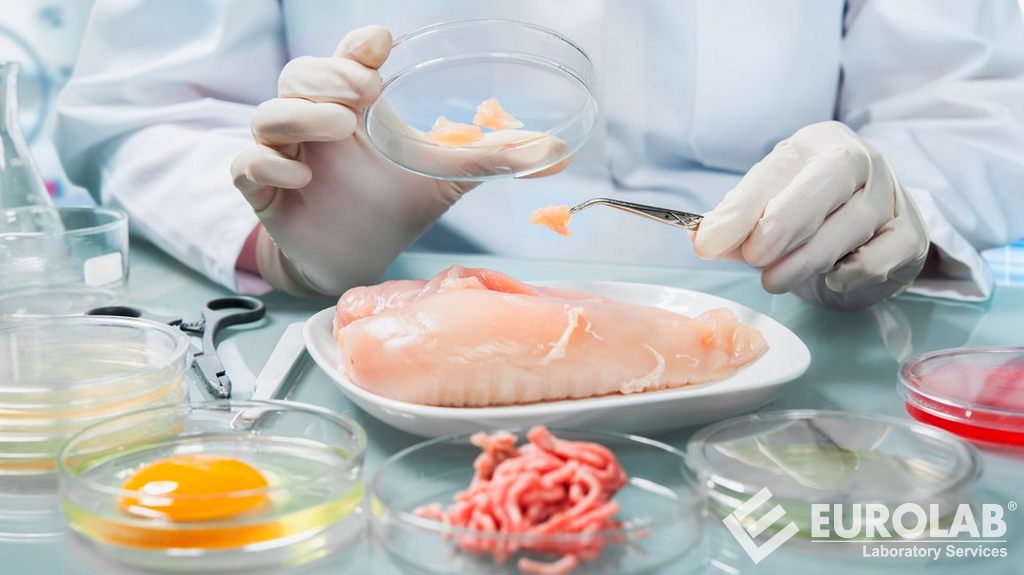

Food spoilage is common in various countries and poses a significant potential threat to food safety. For this reason, it is aimed to reduce the vulnerability of foods to adulteration by enacting legal regulations in all countries. At the same time, it is aimed to prevent these incidents by developing good practices, traceability systems and methods to detect food fraud and adulteration.

Complex supply chains, especially for food of animal origin such as milk and dairy products, are the primary target of food fraud and adulteration. Other foods suitable for fraudulent activities are generally vegetable oils, especially olive oil, which is of high value. Meat and fish and their by-products are also amenable to some food fraud and adulteration, particularly substitutes. Foreign components are added to the product in the coffee and tea sectors.
In this respect, preventing comprehensive food fraud and adulteration everywhere requires the implementation of regulatory systems, increased sampling and inspections, training of food producers and processors, and the development of fast and effective methods for fraud detection.
In this respect, the development of reliable methods to identify the chemical components of foods in advanced laboratories is effective both to detect and prevent fraud and to open new markets for these products. To implement food safety regulations, it is necessary to analyze food safety risks and determine policies and strategies for food research and prioritize target areas.
The World Trade Organization (FAO) defines food fraud and adulteration as the deliberate substitution, addition, mixing or misrepresentation of food or food ingredients for economic gain. This is a serious problem and poses a threat to food security and negatively affects the nutritional performance of foods.

Unfortunately, in order to reduce industrial food production costs, transactions are carried out without complying with legal regulations that fall under the scope of fraud. A wide range of tests and analyzes are carried out in advanced laboratories to determine the applications for imitation and adulteration in different foodstuffs. A few common imitation and adulteration analyzes can be listed as follows:
Our organization provides imitation and adulteration analysis services to demanding enterprises within the framework of national and international standards, with a trained and expert staff and advanced technological equipment, among numerous testing, measurement, analysis and evaluation studies.
To get an appointment, to get more detailed information or to request an evaluation, you can ask us to fill in our form and reach you.